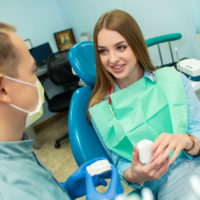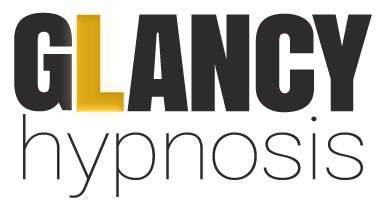What is Oral Sedation Dentistry all about?

If you are anxious every time you go to the dentist for dental treatment, you are not alone. For individuals who are so phobic about going to their dentist, oral sedation dentistry may take away some of their uneasiness. Your dentist can also use other types of sedation, depending on the seriousness of the fear. Furthermore, it would be best to consult your dentist about sedation dentistry to know what is ideal for you.
Sedation Dentistry
The term sedation dentistry implies the use of medication to help a person being treated relax during dental procedures. Sedation dentistry sometimes called sleep dentistry, even though that is not completely accurate. Usually, patients are conscious except for the individuals who are under general anesthesia.
Types of sedation used in dentistry are:
Minimal sedation: you are alert yet relaxed.
Moderate sedation:  this degree of sedation is formerly known as conscious sedation. You can mumble words but cannot remember much of the dental procedures.
this degree of sedation is formerly known as conscious sedation. You can mumble words but cannot remember much of the dental procedures.
Deep sedation: you are on the border of your awareness yet can still be awakened.
General anesthesia: this degree of sedation is unconscious.
The candidates who can have sedation at the dentist
Generally, sedation dentistry is suitable for individuals with real anxiety or fear that is keeping them from going to the dentist.
Sedation dentistry may likewise be proper for individuals who:
- have susceptible teeth
- cannot sit still in the dental chair
- have a low agony threshold
- need a lot of dental treatment
- have a terrible gag reflex
At times, the dentist may give sedation to children if they are frightened by heading off to the dentist or decline to cooperate during the session. The sedation that tends to be secure in children is the nitrous oxide, and pretty much any dentist can administer it. On the other hand, oral sedation can also give to children by trained pediatric dentists only. Oral sedation dentistry can be safe when kept inside the suggested portion for the youngster’s age and weight.
Types of Sedation Used in Dentistry
Here are the following types of sedation utilized in dentistry:
Inhaled minimal sedation
In this technique, your dentist uses nitrous oxide, also called laughing gas. You inhale nitrous oxide joined with oxygen through a cover that is put over your nose. The gas encourages you to relax. Your dentist can control the level of sedation you get, and the gas tends to wear off rapidly. Inhaled minimal sedation is the main type of sedation dentistry where you may have the option to drive yourself home after the treatment.
Oral sedation dentistry
It is a medical procedure, including the administration of sedative drugs through the oral process. Depending on the absolute dosage given, oral sedation can go from insignificant to moderate. You can consume a pill for minimal sedation. Normally, the capsule is Halcion, which is associate of an alike medication family as Valium. Also, it is generally taken about an hour before the dental procedure. The medication will make you drowsy, though you will still be conscious. Your dentist might give a bigger portion to create moderate sedation. This technique is the sort of anesthesia most regularly connected with sedation dentistry. Some individuals become drowsy enough from moderate oral sedation to really nod off during the treatment. They typically can, however, be stirred with a tender shake.
IV moderate sedation
You get the sedative medication through a medical syringe injecting the drug in a vein, so it works more rapidly. This technique permits the dentist to change the degree of sedation consistently.
General anesthesia
You will receive medications that can make you either practically oblivious or unconscious during the dental procedures. As you are under general anesthesia, no one can simply wake you up until the impacts of the sedation wear off or reversed with medication.
Despite which kind of sedation you get, you will likewise normally require a local anesthetic to alleviate pain if the treatment brings on any uneasiness.
Which is better between nitrous oxide and oral sedation?
Main advantages of oral sedation dentistry
- Being class IV sedation it is safe as general anesthesia
- It is a successful anesthetic item
- No use of a needle
- Reduces the danger of choking
- It diminishes soreness in joints and muscles
Advantages of Nitrous Oxide
- Easily administered
- No use of needles
- Little recovery time
- Least expensive type of sedation

Comparison between the two
Nitrous oxide cannot be given for a more extended timeframe during dental procedures when contrasted with oral sedation dentistry. It hardly keeps the patient in the comfort zone and relaxed.
Both sedation does not require the use of needles; however, dentists cannot use nitrous oxide for the patients with trouble to inhale through the nose as you can apply it only through the nose.
Oral sedation has no special techniques or equipment involved. Unlike nitrous oxide, it can can expand the dread or sensation of fear for the patients with claustrophobia as the nose is
covered in this type of sedation.
Nitrous oxide can cause extreme nausea, neurologic issues or increase anxiety due to its side effects. On the other hand, oral sedation can be beneficial to patients with medical conditions such as hepatic diseases, cardiovascular disease, diabetes and epilepsy. However, it is always advisable to consult the patient’s physician to comprehend the person’s medical condition better.


